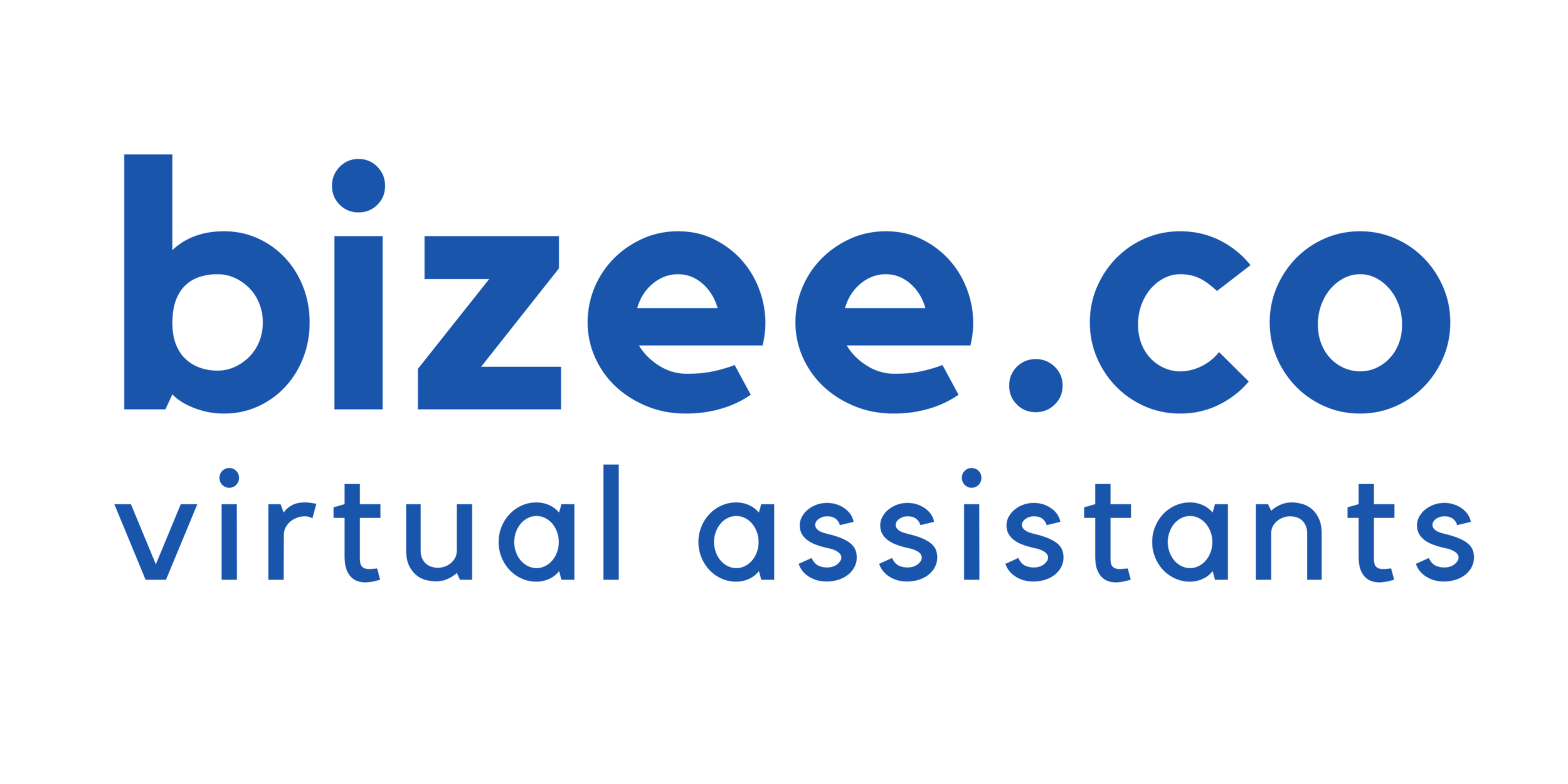10 Tips to Increase Customer Conversion
Here you are, finally. After several brainstorming sessions with a couple of your friends, soon to be business partners, over a few drinks, the idea was born.
You did everything you possibly could to launch your business. Everything was going running smoothly and the next logical step was to become a true online conquistador. After some time and a few strong discussions with your business partners, your website is finally up and running. Again, everything seems to be working as it should, your promotions did the trick and you’re getting a lot of visitors. The traffic is there, sky-high, but for some reason, your visitors are not buying.
So, really, what is the problem? Your business idea is a darn good one. You researched the market and found your niche. You’ve done everything in your power to provide a good, hell excellent, product and service to accompany it. A lot of people are still buzzing about how great your online promotional campaign was. Yet again, your prospect is still... well, your prospects.
The problem is those are just the first steps towards a successful eCommerce. Once your business is set up, all nice and well, once the traffic is driven to it, unfortunately, you cannot just sit back, relax and enjoy watching that revenue coming in.
The time has come to think about the little, but the crucial, thing called conversion rate. It is the percentage of visitors that come to your website and perform the desired action. It is the number that will show you how many of your prospects, potential buyers, will convert into your customers by purchasing a product/service from you.
The important thing to keep in your mind is that conversion doesn’t just happen, you need to optimize for it. There are numerous tips, trick and strategies out there that can help you with your customer rate optimization (CRO), but don’t forget the golden rule: There is no “one-size-fits-them-all“! Depending on your product/service, your resources (in terms of time and money) and the people you’re targeting, you’ll have to consider different approaches.
Below you’ll find the top 10 of our suggestions on how to improve your conversion rate and pave the way to a successful website.
1. YOUR WEBSITE’S DESIGN WILL DETERMINE YOUR CREDIBILITY
It’s a well-known fact that nowadays the length of the human attention span is around 6-8 seconds. So, yes, you have a pretty tiny window of opportunity to grab a user’s attention and boost conversions.
This being said, you may want to consider these tips:
use large, but brief and to the point, headline
use high-quality images that communicate the purpose of your page
make your buttons large, simple and clear and use hover effect on them
include interactive content
use animated exit intent popups to try and re-engage your visitors.
On optinmonster’s blog you’ll find more practical tips to boost your site conversion.
2. EXPRESS YOUR VALUE PROPOSITION EFFECTIVELY
Think about what is unique about your business and your product/service. Think about your competitors’ offer and find at least one element of value you excel in. Now ask yourself how you would explain in just a few words why people should buy from you. However, keep in mind that there’s a difference between the value proposition for your product and your company. You need to concentrate on both of them.
3. SLOW DOWN AND BUILD A SALES FUNNEL
How many times have you walked out of a store with bags full of items you didn’t even want to buy in the first place, just because a well-trained, an annoyingly polite staff member saw you hesitate there for five seconds about a pair of trousers and decided to give you a tour around the store? Of course, you ended up at the cash-register with a pile of clothes in your hands. Whichever the reason (you didn’t want to seem rude or like you couldn’t afford it), you simply just couldn’t say no.
Well, when it comes to online stores, we seem to be more determined not to be yes men. Oftentimes people are just investigating what’s out there; just browsing without any real intention of buying. So, if you get all aggressive at that point, when they’re still anonymous in a way, chances are they’ll just walk away. If you ask them to buy when they’re not psychologically ready to do it, instead of building a relationship with your prospects you’re just making them feel ambushed.
Building a sales funnel will help you gain trust from your potential buyers and prove your expertise. Offer value and results first. Try getting their email addresses so you can reach them in order to talk to them and bring them closer to the point of buying.
4. BUILD TRUST
Trust is absolutely necessary in order to establish and maintain your reputation, no one will argue with that. You can build trust and give your website credibility in a number of ways and some of them could be:
making it easy to verify the validity of the information on your site by introducing third-party support (source material, testimonials, citations etc.)
showing the people behind your site (through text and photos)
updating your site’s content frequently
improving websites security by using HTTPS and getting website security seal
adding live chat functionality so your visitors can get answers to their questions instantly
offering flexible payment plans
5. KISS BUT NEVER TELL
You probably know about the famous “Keep It Simple, Stupid“ acronym; a design principle according to which any unnecessary complexity should always be avoided.
Make engaging with your brand as easy as possible, but don’t overdo it. You want your website to be intuitive, that even your grandma (no offence to grandmas) can figure out how to buy within a couple of minutes, but don’t think you’re facing a bunch of mindless users just looking for a big red button.
Guide your users towards the action you want them to take in every page. Don’t offer them too many options. If you have a lot of products, work on building better filters, so your visitors can quickly find the right ones.
Pay attention to the way your single product pages are organized and how much information you have there. Not providing enough information about your products might result in you losing a missed opportunity to sell. So, feel free to add pictures, videos, reviews and detailed information about each and every product you offer.
6. MIND YOUR LANGUAGE
Always remember who your target group is. It’s people. It might sound a bit too simplified, but the majority of users engaging with your product or service will not be other businesses, but people; ordinary, in all shapes and sizes, human beings. So, using complicated “business language“ would probably just put them off.
As already mentioned, the average human attention spans are about six to eight seconds and in most cases, people will not spend extra time trying to figure out what you actually wanted to say. They’ll just move along to your competitors’ offerings.
Start with thinking about words you would normally use in a conversation with your friends or family. You can also try different tools, like Readability Score that can help you match your language to your audience.
7. TEST, TEST AND TEST
The best way to reduce risk when it comes to decision making is to experiment. Also, it will help you (and your team) get creative and innovative while trying to figure out the best solution for your conversion optimization.
One of the most popular techniques these days is called A/B testing. If you have two possible ideas for your website you can’t decide upon, you could run an A/B test and see which one would be better to implement.
There is a lot of testing software that can help you with your optimization process. But, don’t get all worried now, you don’t need to spend too much on it. Google Optimize is free, although it has limitations. You can also check out VWO.
8. USE CONVERSION ANALYSIS TOOLS
These tools will help you get to know your prospects better. They will let you register every move made by your visitors on your website. With these tools, you’ll be able to see where you’re users come from, how long they stay on your pages and what they did there.
This doesn’t mean you’re a stalker... Or a peeper. It is simply a way for you to look at your website from your users’ perspective. This, for example, can help you make adjustments to the form of the content on your website which in return will positively affect the CRO.
Here are a couple of our suggestions - Google Analytics, mixpanel and inspectlet. Feel free to pay a visit to their websites.
9. TAKE ADVANTAGE OF SOCIAL PROOF
Think of last ten items you bought, anything from socks to computer monitors. How many of those items were bought on the recommendation from someone (a friend or reviews you found online)? Most probably, most of them. When we’re buying, we want to be sure and we want to see some evidence. So, showing your prospects that you’re offering them something real is a good way to start. Add written testimonials and positive video reviews of your previous customers. If possible, find a place on your website for relevant case studies or link to a third-party review. For example, if someone mentioned your business in a blog, don’t be shy and show off a little.
10. OPTIMIZE FOR MOBILE DEVICES
There really is no need to specify why this is a must. It will be enough to get outside and observe people passing by. Chances are most of them will be either holding their cellphones or looking at them, even while crossing the street or talking to another living thing. So, your website needs to work on mobile devices, period.
BigCommerce, for example, can help with this, even though you’ll probably need to make some adjustments to how it looks and works for your own business. You can also check out additional mobile responsive themes on themeforest.
Author: Thomas Smallwood is an outsourcing specialist. Having worked in companies around Europe, from the support desk to the boardroom, he founded bizee.co to help small businesses grow through efficient delegation to skilled virtual assistants. He is an award-winning blogger and a passionate advocate for mental health awareness.
Connect with Tom on LinkedIn.



